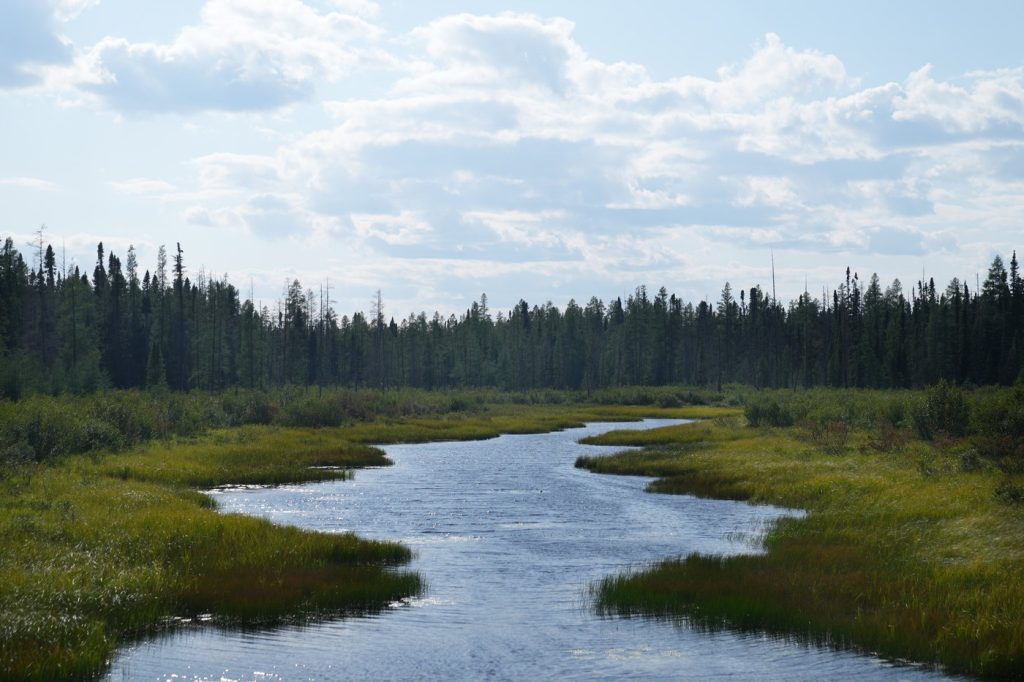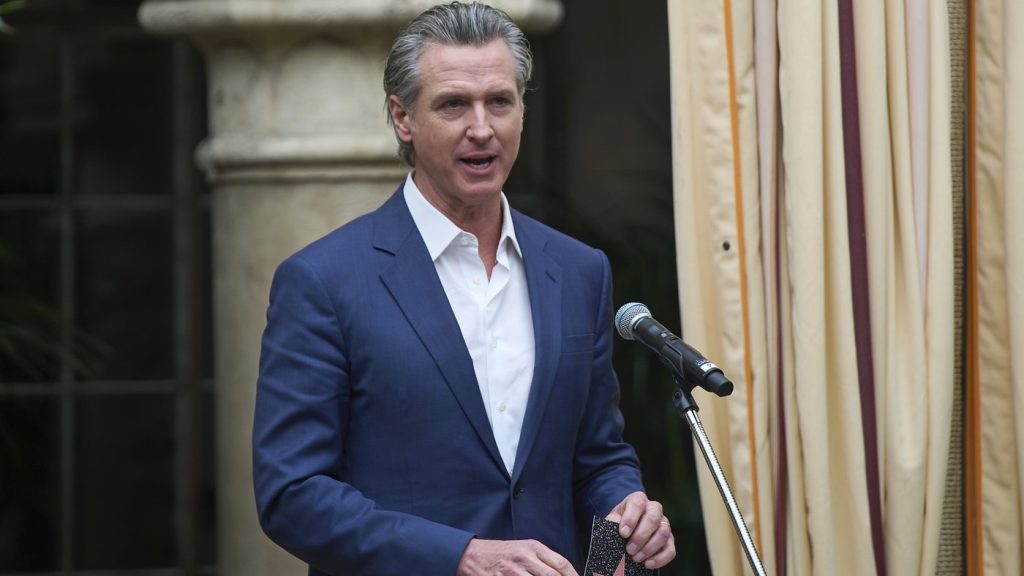The ongoing trade war and U.S. President Donald Trump’s keen interest in critical minerals have brought Canada’s rich mineral deposits to the forefront of political discourse. Federal and provincial politicians in Canada are pledging to expedite natural resource projects, reflecting a growing urgency in the context of global trade tensions.
Following Trump’s musings about annexing Canada, experts note that interest in the country’s critical minerals has surged. This sentiment intensified as the President’s global trade war escalated, prompting a domestic conversation regarding the treatment and development of natural resources in Canada. Elizabeth Steyn, a mining and finance law expert at the University of Calgary, emphasized the importance of these discussions.
A focal point of this conversation is northern Ontario's mineral-rich Ring of Fire, an extensive area believed to contain vast reserves of essential minerals like nickel, chromite, zinc, platinum, and copper. Conservative Leader Pierre Poilievre has vowed that his government would aim to approve all federal permits for mining in the Ring of Fire within six months, while committing $1 billion to develop a road network to support these efforts. Similarly, Liberal Leader Mark Carney has promised to collaborate closely with the Ontario government to rapidly develop the area.
In an effort to expedite mining developments, Ontario’s government has introduced legislation designating certain areas, including the Ring of Fire, as “special economic zones.” Premier Doug Ford stated that the push to fast-track mining projects is a direct response to Trump’s aggressive stance on trade and resources.
However, this initiative has triggered concerns among Indigenous groups, who argue that any development in the Ring of Fire must involve consultations with First Nations and respect their rights. The Chiefs of Ontario have called for genuine nation-to-nation dialogue that recognizes First Nations’ jurisdiction and seeks shared prosperity. New Democrat Sol Mamakwa, representing Kiiwetinoong, expressed strong opposition to the provincial government’s approach, asserting that traditional treaties must be acknowledged in any resource development discussions.
Mamakwa warned that the province’s rush to exploit northern resources would face significant resistance, stating, “You cannot use a tariff war with the United States to override the rights of the First Nations people.” The urgency around natural resource development is linked not only to Trump’s comments about annexation but also to his administration's broader ambitions to secure critical minerals to bolster its economy. Trump signed an executive order to investigate U.S. imports of critical minerals, hinting at potential new tariffs that could impact negotiations with other mineral-rich countries.
Experts point out that the U.S. represents a significant market for critical minerals necessary for its industries, including renewable energy and defense technologies. In contrast, Canada is known for its abundant mineral resources, particularly in the Ring of Fire, which remains underdeveloped despite its potential. The collaboration between Canadian mining companies and their global counterparts is also notable, as the U.S. continues to seek alternative sources of critical minerals amid existing tensions with China, the largest supplier of these resources.
International relations are crucial, as both Canada and the U.S. navigate their respective needs for energy and mineral resources. Some analysts suggest that Canada should focus on developing not just its mining sector but also its domestic manufacturing capabilities, proposing that the country should not merely export raw materials but also reclaim value-added processes locally. This reflects a broader strategic vision for Canada to establish itself as a leader in advanced manufacturing linked to critical minerals.
Tracy Hughes, the executive director of the Critical Mineral Institute, expressed concern over the relationship dynamics between the U.S. and Canada, emphasizing the need for Canadian leaders to approach the Trump administration to negotiate critical mineral deals. The evolving trade landscape presents both challenges and opportunities for Canada to fortify its position as an essential resource supplier while ensuring that Indigenous rights and environmental considerations are respected in the ongoing dialogue regarding mineral development.











